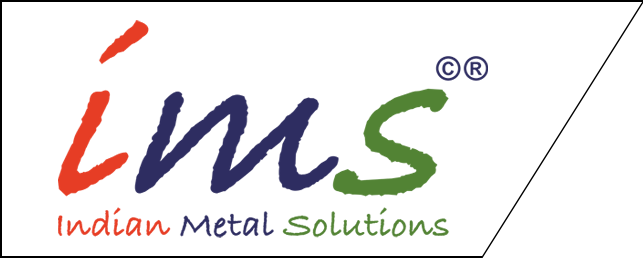In an era where quality and precision drive competitive advantage, the metal fabrication landscape is witnessing unprecedented transformation.
The Dynamic Growth of Metal Fabrication
The metal fabrication market is experiencing a remarkable surge, with projections indicating growth from USD 1.49 billion to USD 2.37 billion, as reported by Credence Research. A key factor driving this expansion is the widespread adoption of fiber laser technology, which has seen an impressive 18% increase in usage. This shift is part of a larger movement towards digital transformation and workshop modernization, where precision and speed are the new benchmarks.
Pioneering Trends in Metal Fabrication
Precision Redefined: Laser Cutting Technology
At the forefront of this technological evolution is laser cutting technology, renowned for its unmatched precision and efficiency. According to The Fabricator, this technology has reduced cycle times by 20%, significantly boosting productivity. A report from Market Growth Reports indicates significant demand for sheet metal processing equipment, further validating laser cutting adoption. By minimizing waste, laser cutting aligns perfectly with sustainable manufacturing goals, making it a game-changer for the industry.
The Rise of Fiber Lasers
Fiber lasers are gaining traction, with an 18% growth rate, thanks to their ability to produce high-quality cuts with minimal maintenance. This technology is revolutionizing sheet metal fabrication by enabling faster processing times and lowering operational costs, making it an indispensable tool for modern workshops. Insights from Market Growth Reports underscore the growing investment in fiber laser systems across North America.
Versatility with Waterjet Technology
Waterjet technology is advancing rapidly, boasting a 30% growth rate. Its unique ability to cut through various materials without generating heat makes it an invaluable asset in today’s workshops, offering both versatility and precision. Adoption is further supported by global equipment market analyses from Market Growth Reports.
The Future is Now: 3D Metal Printing
Additive manufacturing, particularly 3D metal printing, is on the rise with a CAGR of 15%. This innovative technology allows for the creation of complex geometries while promoting sustainability with a 90% powder recycle rate. Its adoption is validated by industry forecasts from Research and Markets, highlighting significant growth potential through 2029.
Automation Revolution: Robotic Welding
Robotic welding is automating repetitive tasks, enhancing precision, and reducing labor costs, with a projected CAGR of 12% through 2029. This automation is a cornerstone of workshop modernization, driving efficiency and productivity—supported by market insights from Research and Markets. Integrating this technology alongside pressure die casting processes enables seamless production workflows.
Insights from Industry Experts
An industry leader at IMS shares, “The integration of digital twins and hybrid fabrication techniques is reducing turnaround times by 25%, setting new benchmarks for efficiency.” This insight underscores the critical role of digital transformation in maintaining a competitive edge.
Navigating the Future: Practical Tips for Industry Leaders
For businesses eager to embrace these technologies, it’s crucial to evaluate costs and ROI metrics. Consider piloting innovations like laser cutting to gauge their impact on your operations. Our IMS – Sand Casting and IMS – Ingot & Billet case studies highlight successful implementations and the tangible benefits of these advancements.
Embracing Tomorrow’s Metal Fabrication
As the metal fabrication industry continues to evolve, staying ahead of the curve is vital. By adopting cutting-edge technologies and leveraging expert insights, businesses can sharpen their competitive edge. For more information or to explore collaboration opportunities, reach out to IMS.
